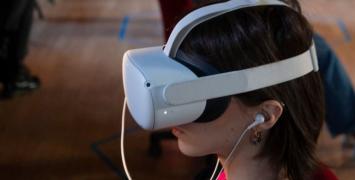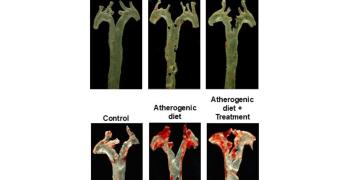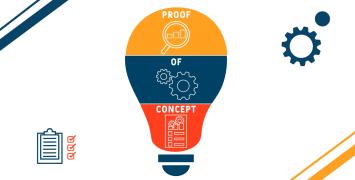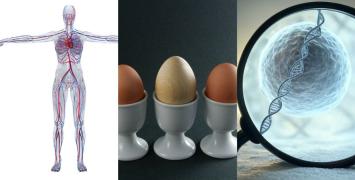Two-dimensional materials for a multi-dimensional future
Prof. Nicolosi received a BSc with honors in Chemistry from the University of Catania, Italy, and Ph.D. in Physics from Trinity College Dublin. Today she is Professor of Nanomaterials & Advanced Microscopy at the School of Chemistry, Trinity College Dublin, and principal investigator at the Centers for Research on Adaptive Nanostructures and Nanodevices (CRANN) and for Advanced Materials and BioEngineering (AMBER). Her interdisciplinary research focuses on low-dimensional nanomaterials, including graphene. She received three top-up ERC Proof of Concept grants to commercialize her findings.
Originally published in March 2017 as part of the multimedia campaign "ERC - 10 years – 10 portraits."
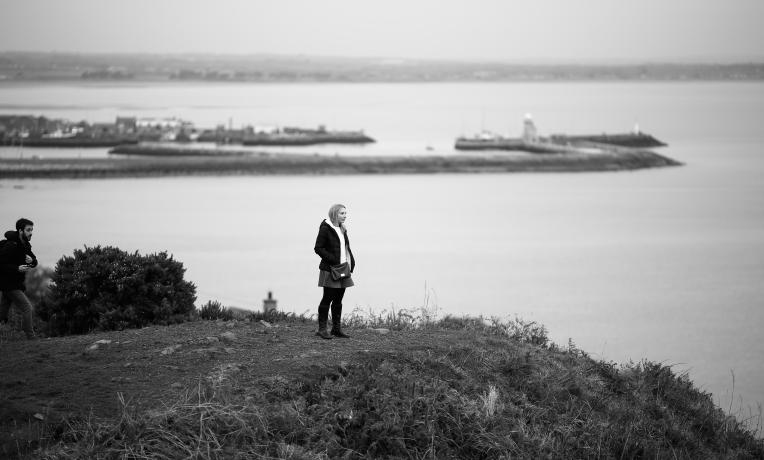
I've always been a curious child. I was the one who was dismantling the toaster, the VCR, driving my mum crazy. I just wanted to see how things were made, how things worked. I remember my very first chemistry class. That was amazing. It was really opening my eyes. I said: “Wow, I want to become a chemist! This is incredible! This is going to teach me how things are really made.”
My research is focused on solutions for energy storage. To solve a very, very big challenge we are all facing today, which is how to store energy efficiently and better.
I work with some very special materials. They're really magical, because they possess unique properties. One material is graphene. This material is actually only one atom thick. It's 300 times stronger than steel and it can conduct electricity better than copper.
We make batteries out of these materials. We can even make batteries using inkjet printers. The same inkjet printers that you would have in your office that we have slightly modified. We can print them on anything, even on food-packaging. The batteries that we make are lasting much, much longer. We have increased the lifetime of a battery about 5000 times. This type of technology of course will be applicable to a wide range of energy storage. It will allow us to store energy from the wind, from the sun, from the sea, from waves, as well as powering up our laptops and our smartphones more efficiently.
I love cooking, I love baking, I love decorating cakes. Cooking is another expression of being a chemist. I just love experimenting in the kitchen! I read recipes and then personalise them, make them mine. So that is perhaps an element of bringing work home, I love doing that.
The wonderful thing that I like about my job is that every single day is different from the one before. It's the most creative job you can possibly think of. I really have the chance to turn an idea into reality. And this is what really makes me passionate about my job.
Watching this video you are accepting Youtube cookies policy


